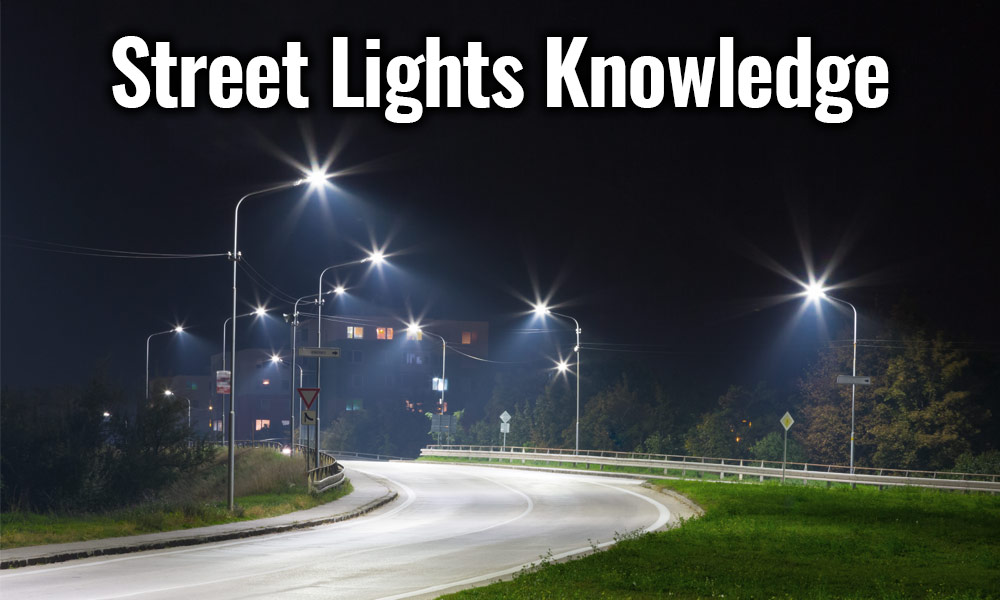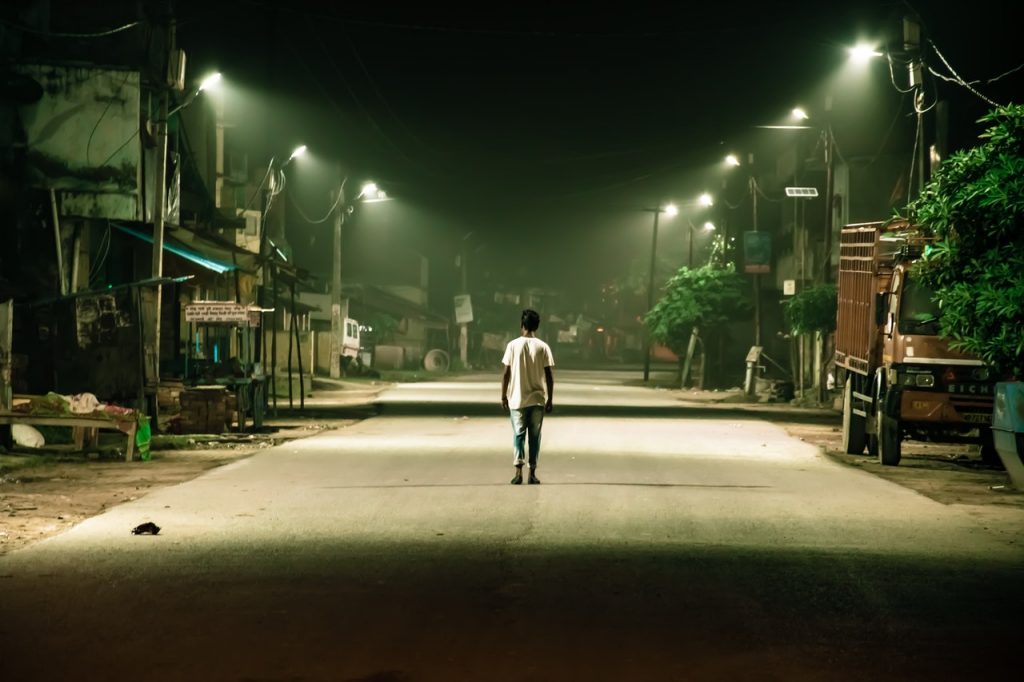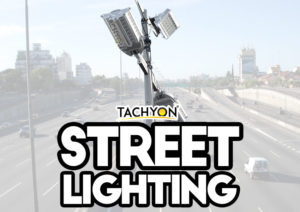 1. Overview
1. Overview
With the gradual advancement of the urbanization process, the lighting project of urban construction has increasingly become an important landscape of modern cities. The lighting of urban streets is the top priority of urban lighting projects.
At present, global energy consumption is increasing rapidly, and environmental pollution has seriously affected people’s lives. The street lamps on both sides of the city streets are illuminating the city, creating a beautiful city, but also consuming a lot of energy, causing great environmental pollution.
In view of the current problems of high energy consumption, heavy pollution and low efficiency in street lighting, advanced science and technology are used to actively promote the comprehensive development of energy-saving and environmentally friendly intelligent LED street lamps, and use wireless sensing technology to design intelligent control systems to better Monitor and manage street lights in real time. Reduce the consumption of electric energy, prolong the service life of street lamps, and contribute to the modernization of the city.
2. Advantages of Energy-saving Control System for LED Street Lights
2.1 Wireless sensor technology, does not occupy space
The street lights on both sides of the city streets are all over the city’s various traffic roads and streets. The traditional street lamp power supply line is long, resulting in a large power loss of the power supply line and low power. In addition, the 110V single-phase voltage is used to supply power for the street lamps, which causes serious three-phase unbalance, excessive zero-sequence current and zero-point displacement, and further increases the power loss in the line.
Wireless sensor technology uses wireless networking, does not require large-area wiring, can be flexibly expanded, and does not need to occupy a large space.
2.2 Real-time monitoring and efficient management
Traditional street lighting control systems are relatively simple and cannot be monitored. Manual inspections are required for operation and recording, checking equipment abnormalities, and handling faults. The work efficiency is low, resulting in a lot of waste of manpower and material resources.
The control system of energy-saving and environmentally-friendly intelligent LED street lights can monitor the switching status of street lights in real time, and collect various parameters such as current, voltage, brightness, temperature and switching status of LED street lights in real time, and transmit these parameters to the monitoring system. center. Inspections are carried out at the same time, and alerts and maintenance plans are designed based on this data. If faults are found, they can be dealt with in time, which improves the utilization rate of energy. It saves energy costs and labor costs, and also prolongs the service life of LED street lights. The management efficiency and use efficiency of LED street lamps are improved, and the intelligence of the energy-saving and environmentally friendly LED street lamp control system is realized.
3. Overall Design of LED Street Light Control System
The design of the energy-saving and environmentally-friendly intelligent LED street light control system is based on the current relatively advanced wireless sensing technology. It is mainly composed of three parts, namely the monitoring center, the subnet controller and the monitor of the LED street light.
3.1 Design of Monitoring Center
Introduction to Monitoring Center
The energy-saving and environmentally-friendly intelligent LED street lights can design the switching state and lighting time according to the sunlight conditions of the road section and the flow changes of people and vehicles. On the premise of ensuring street lighting, reduce power consumption and achieve the purpose of energy saving and environmental protection.
To this end, the function of the monitoring center is to monitor the LED street lights in real time, collect data information such as the switching status, brightness, and temperature of the LED street lights, and remotely access the above data information. According to the configuration parameters, send commands remotely to control the lighting status of LED street lamps.
How the monitoring function is implemented
The real-time monitoring function of the monitoring center is realized through the following modules, including data management module, database module, main interface module, communication management module and user management module.
The data management module applies and manages the monitor data of the LED street light, the data related to the running state of the street light system and other various configuration data.
The database module is mainly responsible for storing data and performing various operations in the LED street light control system, providing a basis for the implementation and data analysis of other module functions.
The main interface module provides managers with real-time monitoring and management of the entire LED street light. Managers can set up the management system and configure facilities and equipment according to the lighting requirements of urban streets, and display various data intuitively and vividly in a graphical mode.
The communication management module can realize data exchange through the control center, ensure the transmission and communication of data, and finally realize the control of the running state of the LED street light.
The user management module is the management center of the LED street light control system. It sets and authorizes user rights in different ways, strictly controls the modification and login of the LED street light operation control system, and ensures the stable and safe operation of the LED street light control system.
3.2 Design of LED street light monitor
The core of the street lamp monitor in the energy-saving and environmentally friendly intelligent LED street lamp control system is the single-chip microcomputer that processes data. The monitoring center collects the street lamp current, voltage and temperature values collected by the sensor, controls the running state of the LED street lamp through the relay, and transmits various parameters to the subnet controller through the data module. The LED street light monitor accepts the real-time monitoring command sent by the sub-network controller, and regulates the switching state, brightness adjustment, current, voltage and temperature of the LED street light.
3.3 Design of LED street light subnet controller
The sub-network controller in the energy-saving and environmentally friendly intelligent LED street light control system communicates with the monitoring center and the street light monitor through different contact methods, and issues the control instructions of the monitoring center. At the same time, the real-time monitoring situation of the street lamp monitor is fed back to realize the effective management of the running state of the LED street lamp.
4. Conclusion
To sum up, the control system of the energy-saving and environmentally friendly intelligent LED street light can control the switch state of the street light according to the light and dark changes of the street environment. Moreover, it can adjust the switch state of street lights in real time according to traffic conditions, which greatly reduces energy consumption.
When the LED street light fails, the intelligent control system automatically alarms, which can be dealt with in a timely and effective manner, which greatly improves the work efficiency and reduces labor costs and energy costs.
The control system of energy-saving and environmentally-friendly intelligent LED street lamps is designed by using wireless sensing technology, which effectively solves the problems of high pollution, high energy consumption and low efficiency in the lighting work of urban street lamps. It has played a positive and meaningful role in promoting the comprehensive development of energy-saving, environmentally friendly and intelligent green lighting projects.








